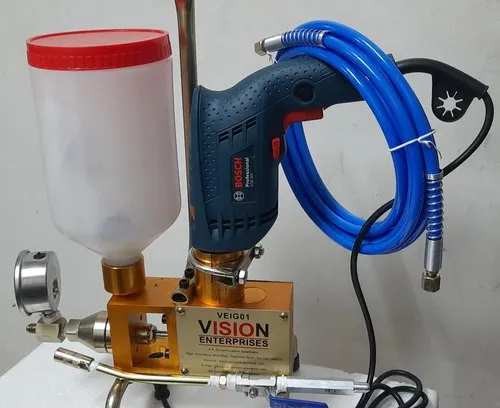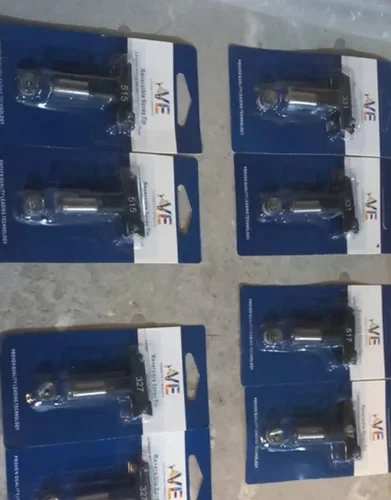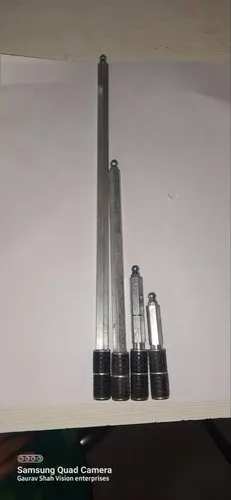Model Name/Number; VE IG-01 Gross Weight: 7Kg Max Output Pressure: 500Bar Voltage: 220V Wattage: 500W The machine consists of a pump, a reservoir, and a packing gland. The pump is used to draw the resin from the reservoir and inject it into the cracks or voids. The packing gland is used to prevent the resin from leaking back out of the pump. The Bosch VE Injection Grouting Machine has a maximum output pressure of 500 bar (7250 psi) and a flow rate of 1 liter per minute. It is also equipped with an automatic return system that prevents the resin from hardening in the pump. The Bosch VE Injection Grouting Machine is typically used for grouting cracks in foundations, walls, and floors. It can also be used for filling voids in concrete structures, such as around anchor bolts or post-tensioning tendons. If you are looking for a portable and easy-to-use grouting machine, the Bosch VE Injection Grouting Machine is a good option. However, it is important to note that this machine is not suitable for grouting large or deep cracks or voids. For these applications, you would need a more powerful grouting machine. Here are some of the advantages of using the Bosch VE Injection Grouting Machine: Portable and easy to use High output pressure Automatic return system Affordable Here are some of the disadvantages of using the Bosch VE Injection Grouting Machine: Not suitable for large or deep cracks or voids Can be difficult to clean Not as durable as some other grouting machines
Send Message




